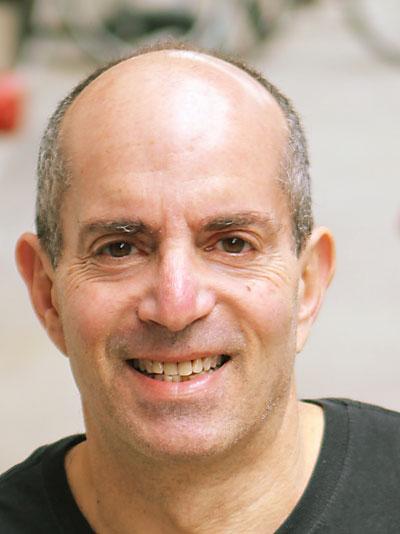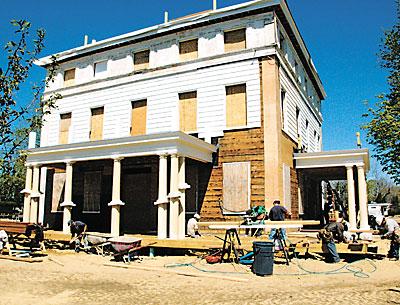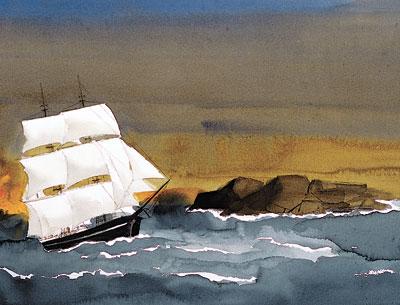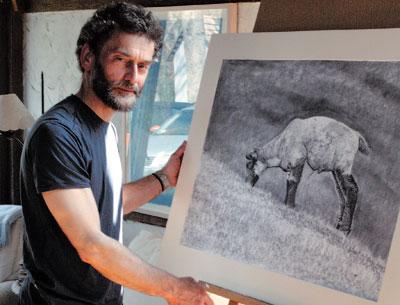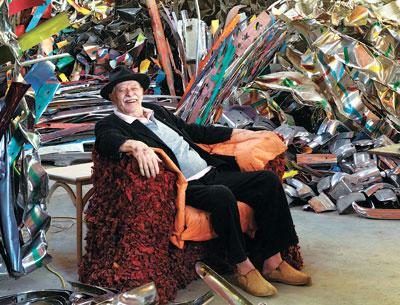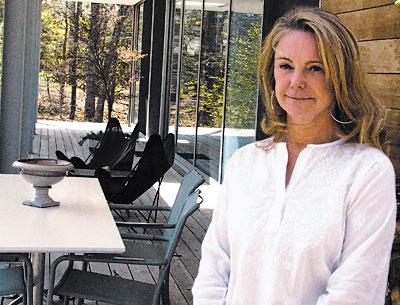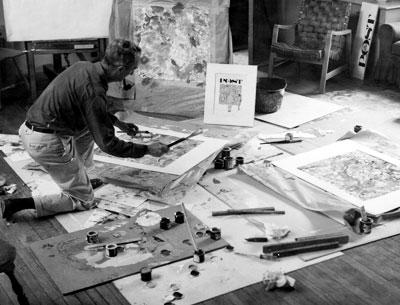The Art Scene: 05.17.12
The Art Scene: 05.17.12
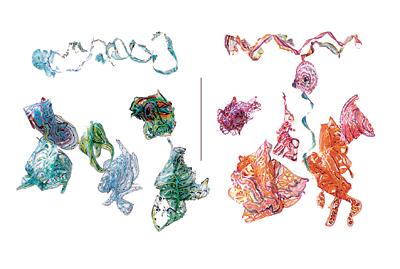
Lichtenstein Retrospective
The Art Institute of Chicago on Tuesday will open the largest exhibition to date of Roy Lichtenstein’s work — more than 160 works, including drawings, paintings, and sculpture, from more than three decades, some of which have never been seen publicly.
Lichtenstein, a long-term Southampton resident who died in 1997, began making Pop Art in 1961 with a hand-painted Mickey Mouse and other images inspired by cartoons. His use of comics and other mass-media imagery, as well as the benday dots, became a trademark of his style and his process of painting. As the museum said, “This technique also masked the effort and meticulous preparation — drawing, transposition, enlargement, and editing — he put into what can appear to be mechanically produced paintings.”
The exhibition is on view until Sept. 3 and will travel to Washington, D.C., in the fall, then London and Paris next year.
Albertini at Ille
The next Ille Arts show will feature Sydney Albertini in a solo exhibition. It will open on Saturday from 6 to 8 p.m. Ms. Albertini, who has a variety of mediums at her disposal, including ceramics, quilting, painting, and sculpture, will present recent work at the Amagansett gallery. In addition to studying at the Parsons School of Design in New York and the Atelier de Sevres in France, where she was born, she studied fresco painting in Italy.
The show will be on view through June 12.
Parrish for Free
The Parrish Art Museum in Southampton is offering free admission tomorrow as part of the Association of Art Museum Directors’ Art Museum Day, which coincides with International Museum Day. The association’s members in the United States, Canada, and Mexico intend to use Art Museum Day as an opportunity to focus attention on the role of such institutions in North America. A comprehensive list of participating museums is available in the newsroom of the association’s Web site.
Portella Outeast
Dalton Portella will be featured in “Closed to the Public,” a show at the Outeast Gallery in Montauk beginning Saturday at 7 p.m. with an opening reception.
Mr. Portella was born in Miami and moved as a child to Brazil, studying art along the way. His studies continued as an undergrad at the United States International University in San Diego, then at Cabrillo College in Santa Cruz, Calif., eventually transferring to the Parsons School of Design. He lived in New York for many years, painting and doing commercial work for the Miramax film production company. He moved to Montauk in 2001.
Silver at Temple Adas
“In the Tradition,” a show of Joyce Silver’s work, is on view at the art gallery at Temple Adas Israel in Sag Harbor through June 6. A reception will be held on Sunday from 4 to 6 p.m.
Ms. Silver, who has a certificate in fine arts from Cooper Union in New York City and a bachelor’s degree in fine arts from the University of New Mexico, makes works inspired by the Torah, the Mishnah, and other commentaries from classes she took at the Skirball Center at New York University.
“Some of my work is directly related to a class theme,” she said. “Other pieces, like the Hebrew letters, are my response to their visual beauty. I am a mixed-media painter, and I use collage, which allows me to play and be spontaneous.”
Reverie at Demato
The Richard Demato Gallery in Sag Harbor will present “Reverie,” a group show with an emphasis on themes related to being in a pensive, daydreaming, or trance-like state. The artists participating include Michael Carson, Margit Fureder, Mikel Glass, Donato Giancola, Stephen Hoedecker, Kyla Zoe Rafert, Joshua Suda, Bart Vargas, Maggie Taylor, and Phillip Thomas.
Mr. Giancola was commissioned by the postal service to make a painting for a stamp, and his series “Astronauts in Reverie,” which was used as the basis for the stamp, will be on view. The show opens on Saturday with a reception from 6 to 8 p.m.
New at Romany Kramoris
Paintings by Tory Cowles, mobiles by Ruby Jackson, and handbags painted by Annemarie Feld will be featured at Romany Kramoris in Sag Harbor beginning today.
Ms. Cowles has influences ranging from Wassily Kandinsky, Paul Klee, and Joan Miro, and has a vibrant palette. Ms. Feld designs handbags from odd shapes of colored leather. Many feature stained and used studio paintbrushes as handles or as accents. Ms. Jackson’s “Animated Suspensions” are mobiles of amorphous shapes that glow in the light.
A reception will be held on Saturday from 5 to 7 p.m. The show will remain on view through June 7.
Marder Gets Small
The Silas Marder Gallery in Bridgehampton will present “The Big Show 7,” a large show of diminutive works, starting on Saturday with a reception from 5 to 9 p.m.
Some 50 artists are participating, each given three blank 8-by-10-inch canvases. In each show, Mr. Marder invites an eclectic mix of emerging and established artists, ranging from the regional to the international in scope. The only instruction is to “reflect on where they are in their current body of work.” He was inspired by the artistic community spirit he saw at Ashawagh Hall as he was growing up in Springs.
This year’s show will feature works by William Steiger, Jill Musnicki, Perry Burns, Jeff Muhs, Rex Lau, Shelley Reed, Cornelia Foss, Nathan Slate Joseph, Janet Culbertson, Alice Moore Hope, Carol Hunt, Gavin Zeigler, and Christian Little. The show will run through June 24.
Arms Honored
Anneli Arms’s print “Crocodile Teeth” was recently cited at the second National Intaglio Exhibition, sponsored by the New York Society of Etchers. David Kiehl, a curator at the Whitney Museum of American Art, gave it a “recognition for excellence.” Ms. Arms teaches a seminar at the Manhattan Graphics Center called “Altered States” and has a house in Bridgehampton.
Schmidt in the City
The Ricco/Maresca Gallery in New York will show “Silhouette Vessels,” paintings by Bastienne Schmidt of Bridgehampton, beginning today and running through June 16. A reception will be held tonight from 6 to 8. The show will feature 30 works of polymer paint on paper on the theme of vessels, which comes from her childhood in Greece as the daughter of an archaeologist.

